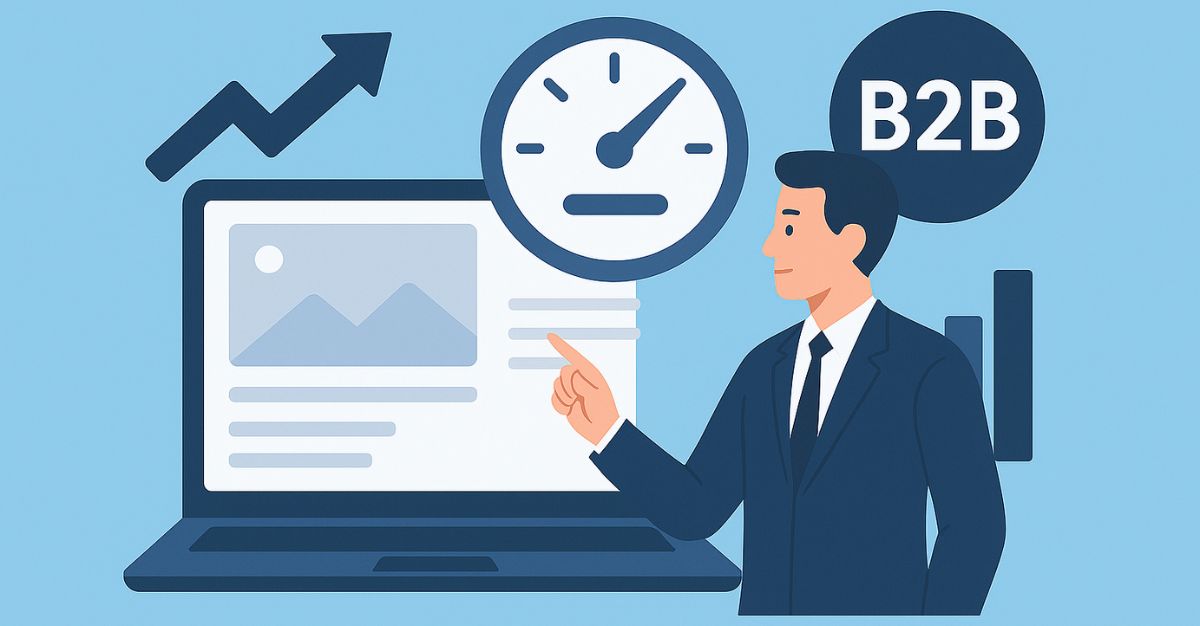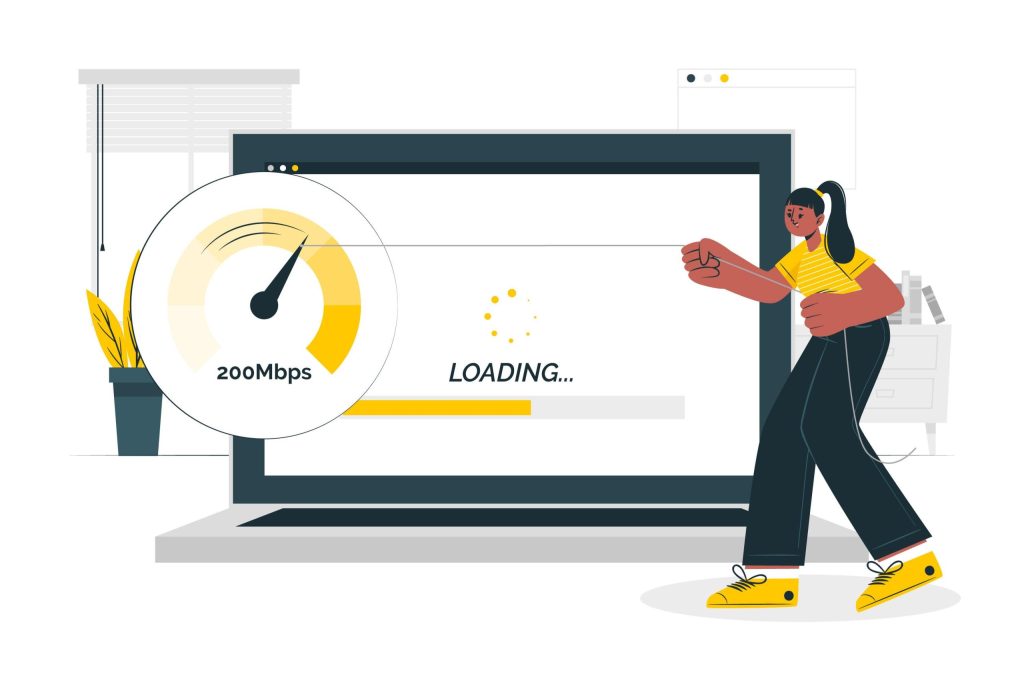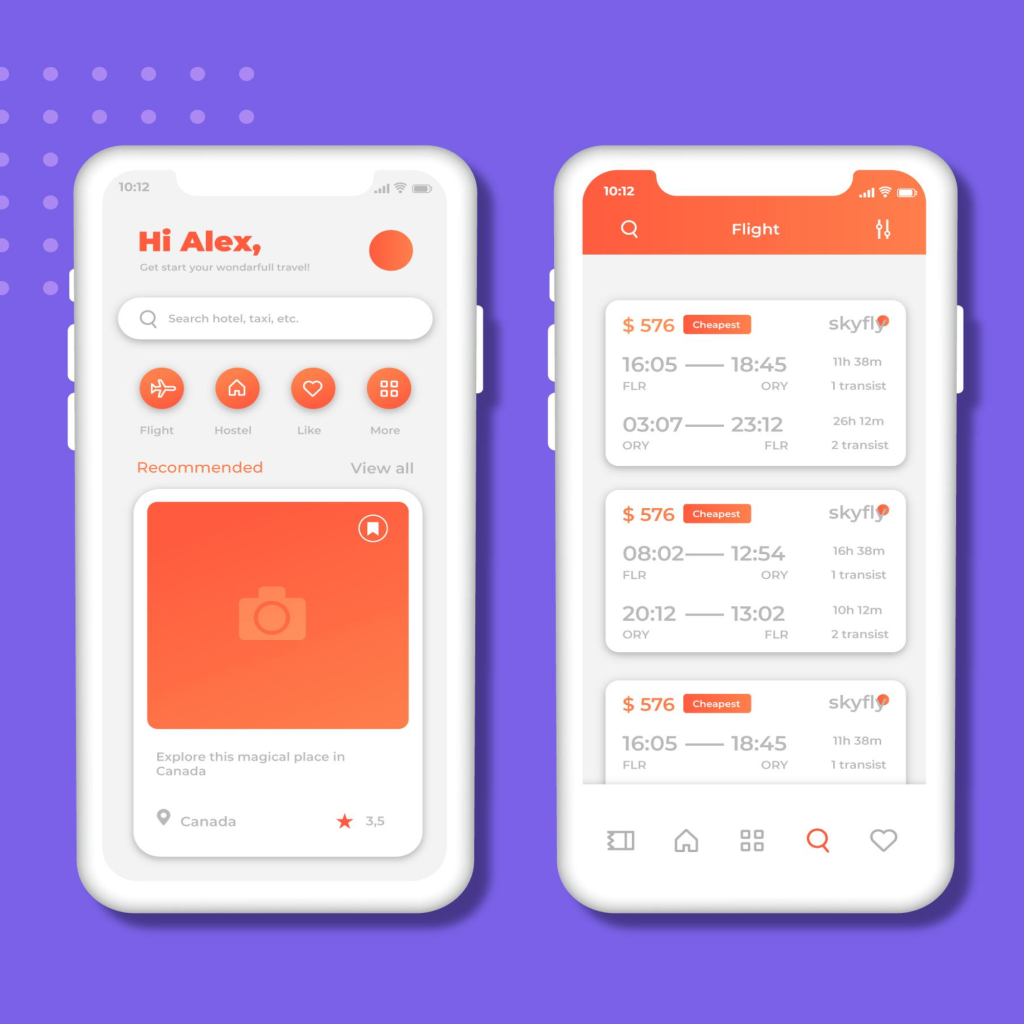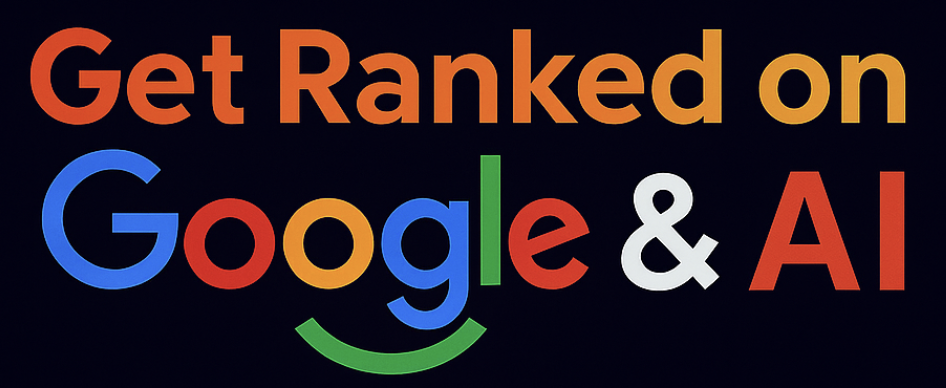Picture this. You are browsing a potential supplier’s website and the page takes forever to load. Within seconds, the frustration kicks in and you are tempted to close the tab. This scenario is not just inconvenient, it is costly.
Studies show that even a one second delay in website speed can reduce conversion rates by up to 7 %. For B2B companies where every lead could be worth thousands, slow pages can mean lost deals.
This guide explains why website speed is critical for B2B conversions, how buyer expectations differ from B2C, the hidden issues that often go unnoticed, and the strategies that can give your site the performance edge it needs.
Table of Contents
The B2B Speed Conversion Connection: By the Numbers

Data makes the impact clear. When it comes to B2B websites, every second counts and the numbers show why.
- Most B2B buyers leave a site if the page load time is more than three seconds.
- Research from Portent found that the highest conversion rates occur when pages load within two seconds.
- Mobile website speed has become a key ranking factor on Google, which means slow mobile sites can sink below faster competitors in search results.
If you are mapping out your web page categories, this data should guide which pages you prioritise first for speed optimisation.
Why B2B Buyers Are Less Forgiving Than You Think
When business buyers visit a site, they come with higher expectations than the average consumer. Their time is limited, their responsibilities are greater, and their patience is thinner.
- Professional context: Buyers are often comparing vendors during work hours, so a slow site looks unprofessional.
- Time pressure: Procurement teams juggle tight schedules. Delays on your site can push them toward faster competitors.
- Multiple stakeholders: In the B2B conversion funnel, several decision makers will look at your site. One poor impression can influence the group’s final call.
- Competitive market: With plenty of providers available, a slow site simply gives another company the advantage.
- Trust factor: A lagging website signals poor attention to detail, which raises doubts about the quality of your services.
A strong first impression is especially vital if you are promoting high value services such as corporate website or ECommerce website development.
The Hidden Conversion Killers: Speed Issues You Are Missing
It is easy to assume that once your homepage loads quickly, you are safe. The truth is that smaller speed issues often undermine conversions without you noticing.
1. Above the Fold Loading Delays
The first elements that appear on a screen are critical. If your headline or hero image appears late, the bounce rate increases sharply. Optimising these elements creates stronger first impressions.
2. Form Submission and Checkout Slowdowns
Long multi step forms are common in B2B, but every second added can increase abandonment. Testing your site regularly will help spot friction in lead capture or payment forms.
3. Resource Heavy Content
Videos, interactive demos, and large PDF files are powerful, but they can slow everything down. Progressive loading ensures essentials appear first while heavy content loads in the background.
As for marketing rich content such as video making or content marketing, pairing creativity with speed optimisation is essential.
4. Third Party Integrations
CRM systems, chat tools, and analytics scripts can quietly drag down performance. Many low page speed scores are linked to bloated third party scripts. Regular audits will keep them under control.
Speed Optimisation Strategies That Actually Move the Needle
Practical changes can turn your website from sluggish to seamless. These strategies are proven to make a noticeable difference.
Technical Fixes that Work
Behind the scenes adjustments play the biggest role in keeping your site fast.
- Compress images and use next generation formats such as WebP.
- Minify CSS, HTML, and JavaScript files.
- Implement caching for pages that visitors return to often.
- Use a CDN to reduce load times for global audiences.
If you are running paid campaigns like Google Ads or LinkedIn Ads, these technical fixes are crucial. A slow landing page can waste ad spend even if your targeting is perfect.
B2B Specific Adjustments
Every B2B site has certain pages that matter more than others. Focus your optimisation where it counts.
- Give priority to service pages and lead generating assets.
- Make lead capture forms shorter or allow auto-fill to reduce drop offs.
- Ensure that your product or service showcase pages load instantly.
When optimising, keep in mind that your SEO services strategy depends heavily on site speed. Faster sites tend to rank higher, improving both visibility and conversion.
Progressive Enhancement
Loading does not need to be all or nothing. Smart loading techniques create a smoother experience.
- Load key resources first so visitors see the essentials right away.
- Apply lazy loading for images or videos that appear lower on the page.
- Design your site to function well even on older browsers.
Tools and Metrics That Matter for Site Speed Optimisation
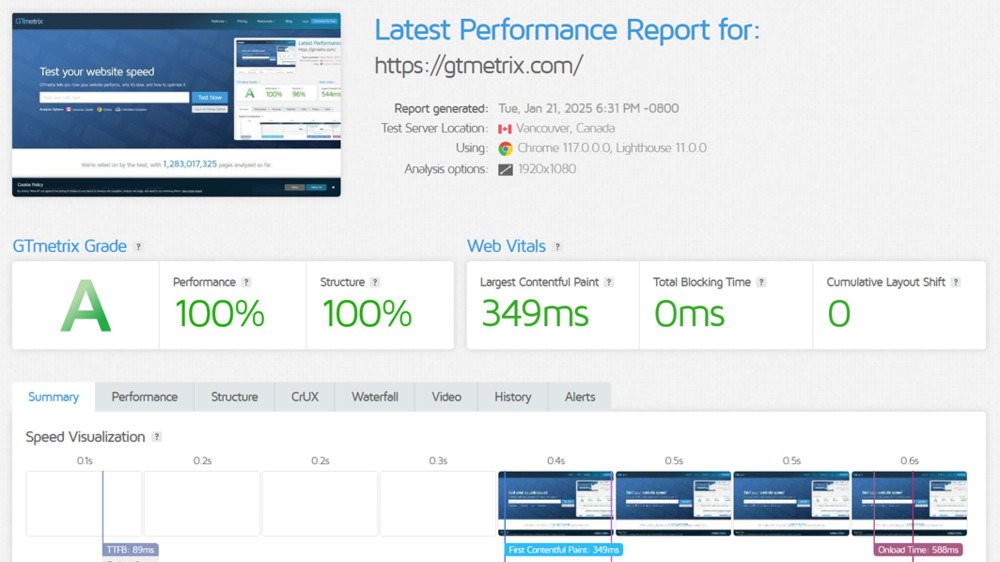
Speed optimisation is not complete without accurate measurement. The right tools and metrics keep your efforts aligned with real improvements.
- Google PageSpeed Insights gives an overview of mobile and desktop performance.
- GTmetrix provides detailed diagnostics with waterfall charts to pinpoint issues.
- WebPageTest allows you to see how your site performs from different locations.
Metrics Worth Tracking
Not all numbers matter, but these key metrics reveal whether your speed work is actually paying off.
- Page load time: The most important metric. A good page load time is under two seconds.
- Core Web Vitals: Largest Contentful Paint, First Input Delay, and Cumulative Layout Shift are essential for user experience.
- Conversion tracking: Watch how improvements in speed correlate with form submissions and lead quality.
For a practical checklist, you can check out these website’s loading speed techniques, test your site with these tools and see exactly where improvements are needed.
Boost Trust, Leads, and Revenue with Speed Optimisation
Website speed is about revenue. For B2B companies, where every lead can turn into a major contract, speed is a critical part of conversion optimisation strategies.
The ideal page speed is two seconds or less, and reaching that target can lead to measurable conversion rate improvement.
By focusing on website speed optimisation, running checks with GTmetrix and PageSpeed Insights, and monitoring your page speed score, you create a smoother experience that builds trust with business buyers.
Want to see how we have helped others? Explore our portfolio for proven results, or reach out through Contact Newnormz page to start your own optimisation journey.
